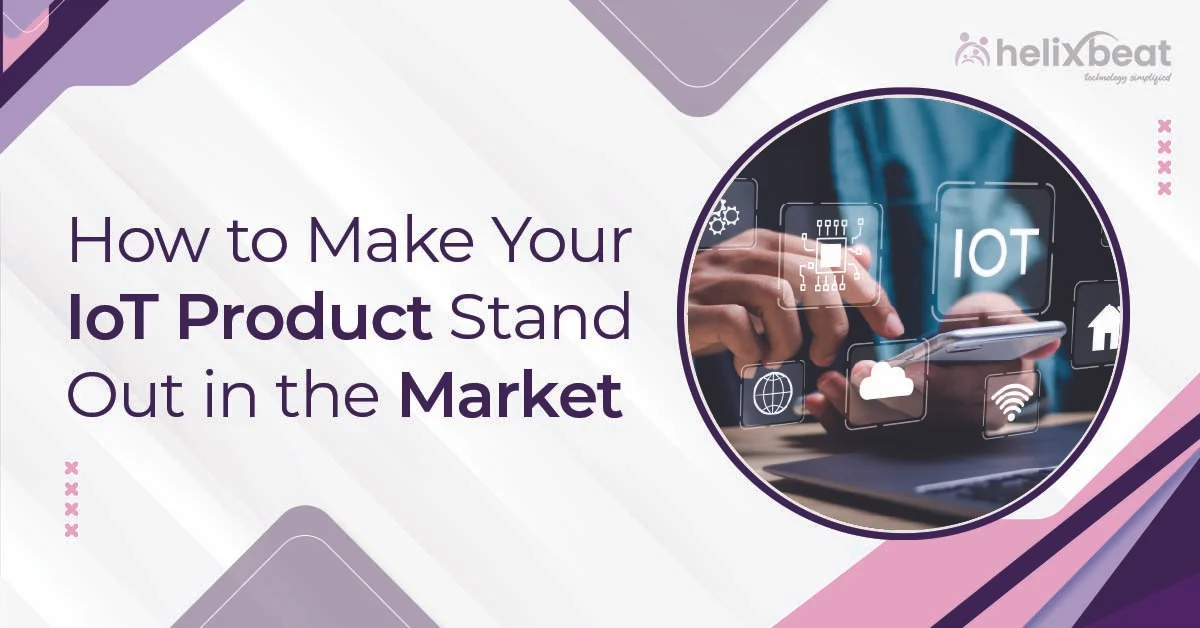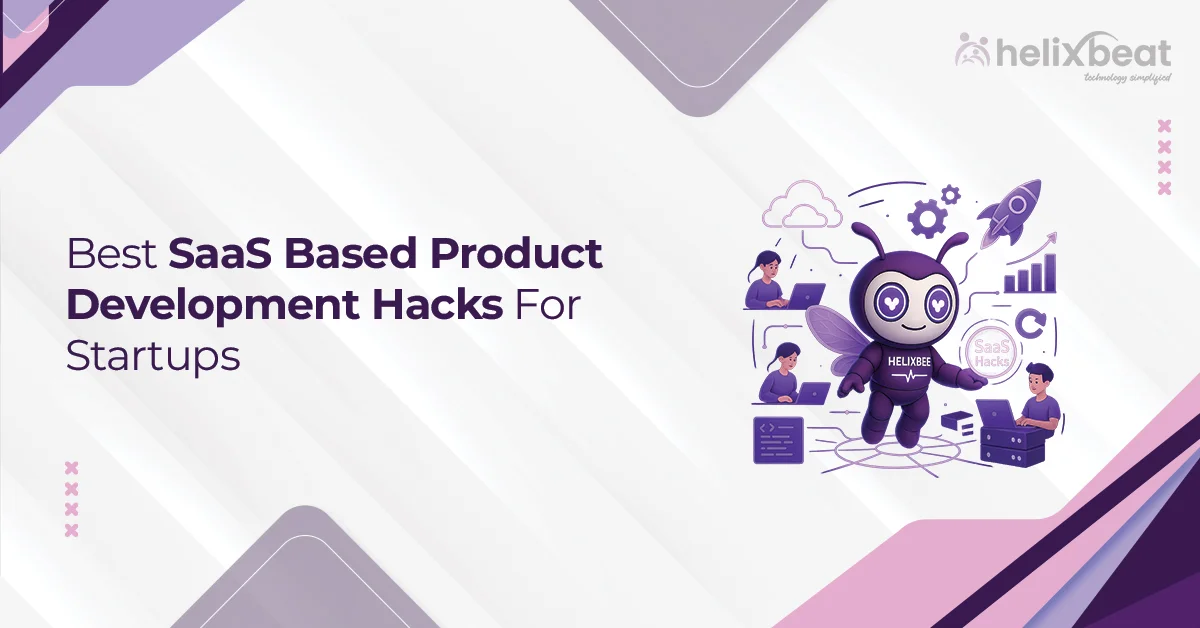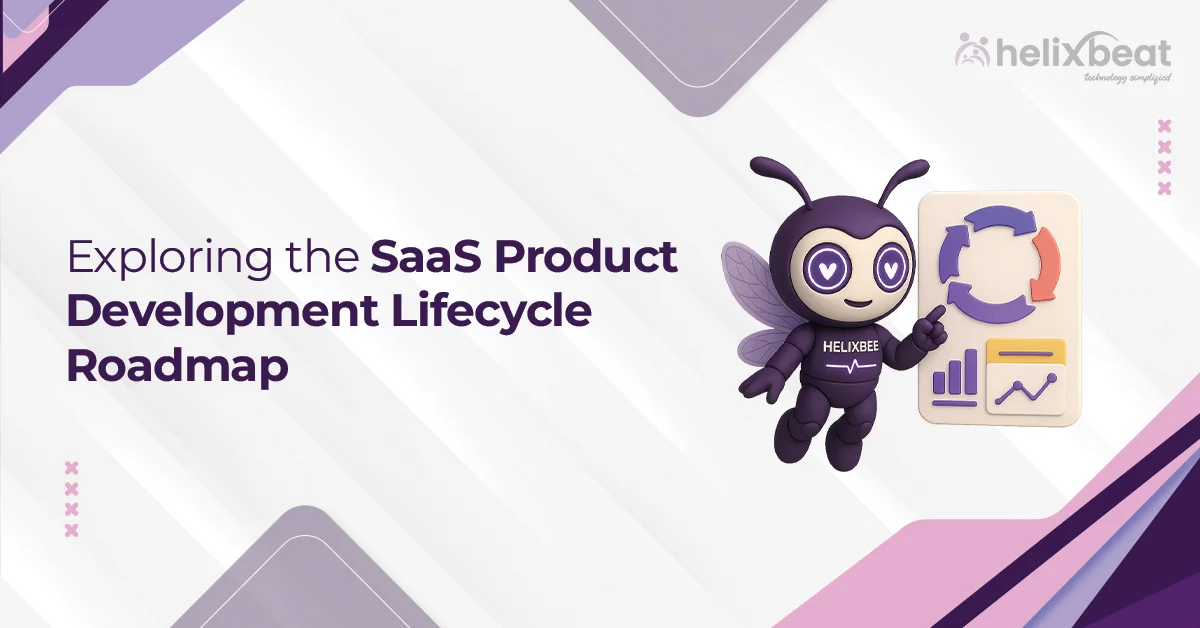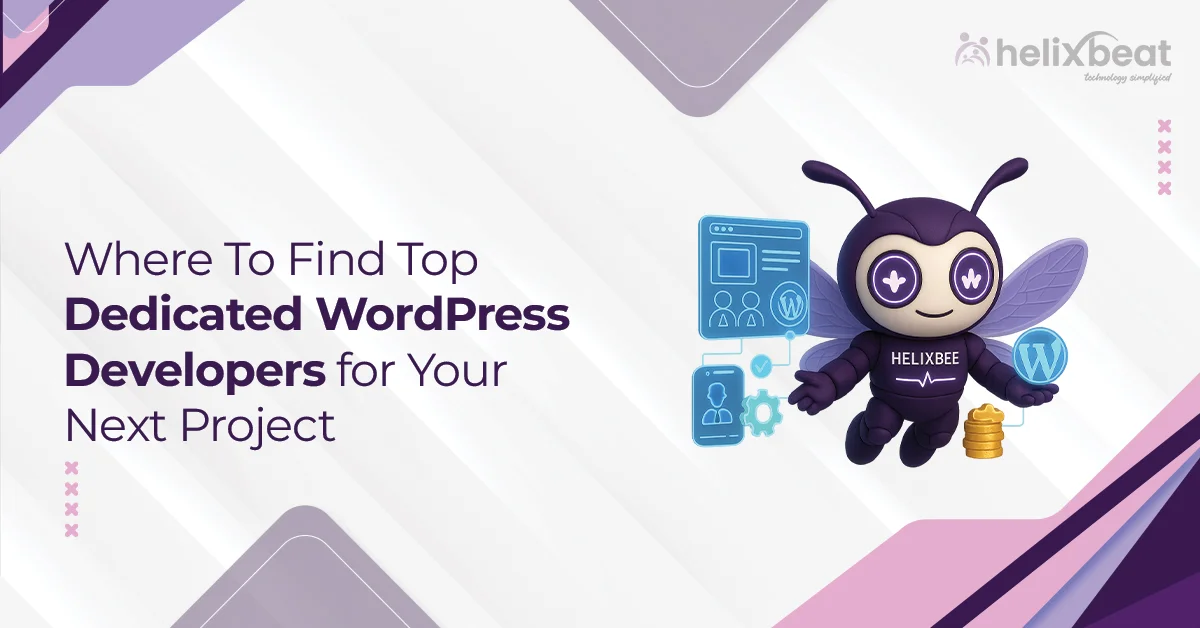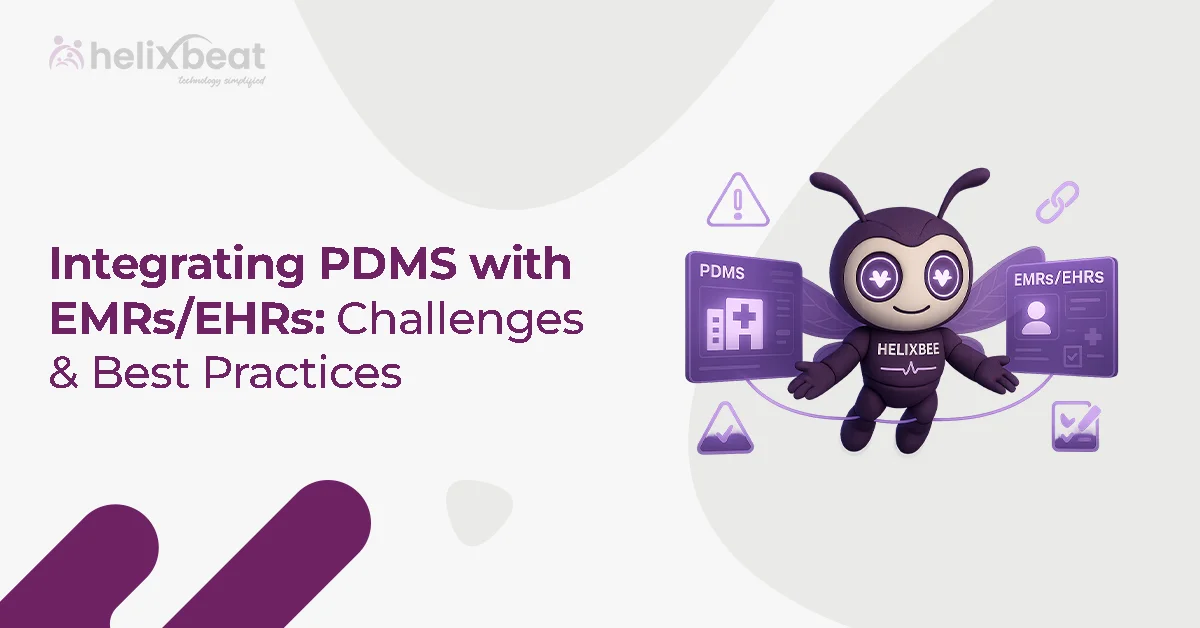Today, an increasing number of devices are becoming smart and connected through the Internet. As a result, IoT product development has become increasingly important for businesses seeking to create innovative and valuable products.
IoT products enable everyday items, such as home devices, cars, and machines, to work together by sharing information online. These products address real-world problems, including saving energy, tracking assets remotely, and enhancing business operations.
To make your IoT product stand out in the market, focus on building devices that are reliable, secure, and user-friendly. Knowing the right steps in IoT product development will help you create products that customers value and remember.
In this blog, you’ll learn more about IoT product development and how to develop an IoT product that stands out in the market.

Table of Contents
Why IoT Product Development is Becoming Important?
The Internet of Things (IoT) is changing how we live and work in daily life. More devices are now connected to the Internet, allowing them to share data and work together. This shift creates many new opportunities for businesses and consumers alike.
Because of this rapid growth, IoT product development has become very important. Companies need to design and build smart devices that meet user needs while being secure and easy to use. Developing these products correctly helps businesses offer innovative solutions that can solve real problems.
IoT devices are used in many areas, such as smart homes, healthcare, manufacturing, and transportation. They help save energy, improve safety, increase efficiency, and provide better customer experiences. As demand for these connected devices grows, so does the need for expert IoT product development services to create reliable, scalable, and future-ready products.
This is why investing in IoT product development is becoming a key priority for businesses around the world.
6-Step Process to Develop an IoT Product That Stands Out in the Market
The IoT product development life cycle is a step-by-step process that guides the creation of a successful IoT product from concept to market launch and beyond. Understanding this life cycle helps businesses plan, design, and deliver devices that are reliable, secure, and meet user expectations.
Here are the main phases of the IoT product development life cycle, along with examples:
1. Concept and Ideation
This is the starting point where ideas are generated based on market research and customer needs. You define the problem your IoT product will solve and set clear objectives. It’s important to consider the target audience and potential use cases during this phase.
Example: A company identifies that office buildings waste energy when lights are left on unnecessarily. The idea is to develop smart lighting systems that automatically turn off lights when rooms are empty.
2. Design and Development
In this phase, the hardware and software of the IoT device are designed. Hardware components like sensors, connectivity modules, and power supplies are selected. Simultaneously, software development begins to create a system that will control the device and process data.
Example: Engineers select motion sensors and Wi-Fi modules for the smart lighting system, while developers build an app that allows building managers to monitor and control lighting remotely.
3. Prototyping
A prototype is a working model of the product built to test its functionality. Prototyping allows developers to identify and fix issues before moving to mass production. This stage also includes initial testing of connectivity, performance, and user interface.
Example: The team creates a prototype of the smart light switch and app, testing whether the sensor accurately detects room occupancy and the lights respond accordingly.
4. Testing and Validation
Rigorous testing is performed to make sure the product meets quality standards and is secure from vulnerabilities. This includes testing the hardware, software, network connections, and user experience. Validation ensures the product functions as intended in real-world conditions.
Example: The smart lighting system is tested in different office environments to check sensor accuracy, app responsiveness, and data security before full-scale production.
5. Deployment
After successful testing, the IoT product is launched in the market. This phase involves manufacturing at scale, distribution, and setting up backend systems for device management and data processing.
Example: The company begins manufacturing smart lighting devices, installs them in several pilot office buildings, and sets up cloud services to handle data from the devices.
6. Maintenance and Updates
IoT products require ongoing maintenance to fix bugs, add new features, and improve security. Software updates and customer support are essential for maintaining the product’s functionality and ensuring customer satisfaction.
Example: After launch, the company regularly updates the app to enhance the user experience, addresses security vulnerabilities, and provides customer support to resolve any device-related issues.
By following this IoT product development life cycle, companies can reduce risks, deliver high-quality products, and adapt quickly to changing market needs.
Key Challenges in IoT Product Development and How to Overcome Them
Developing an IoT product presents unique challenges that can impact its success. Being aware of these challenges and knowing how to address them is essential. Here are four key challenges in IoT product development and ways to overcome them:
1. Security Risks
IoT devices often handle sensitive data, making them targets for hackers. Weak security can lead to data breaches or unauthorised access.
How to Overcome: Implement strong encryption, secure authentication, and regularly update software. Build security into your product from the outset, rather than adding it later.
2. Connectivity Issues
A reliable internet connection is crucial for IoT devices to function properly. Network disruptions or limited coverage can affect performance.
How to Overcome: Design your product to support multiple connectivity options like Wi-Fi, Bluetooth, and cellular networks. Include offline modes where possible, so devices can operate temporarily without an Internet Connection.
3. Power Management
Many IoT devices are battery-powered and require a long lifespan without frequent recharging or replacement. Poor power management can limit usability.
How to Overcome: Use low-power hardware components and optimize software to reduce energy use. Consider energy harvesting techniques or efficient sleep modes to extend battery life.
4. Data Management and Scalability
IoT products generate large amounts of data, which must be processed and stored efficiently. As more devices connect, managing this data becomes complex.
How to Overcome: Use cloud-based platforms with scalable infrastructure to handle data growth. Implement efficient data filtering and edge computing to reduce the load on central servers.
Expert Tips to Make Your IoT Product Stand Out
- Focus on User Experience (UX): Make your product simple to set up and easy to use with intuitive controls and apps.
- Prioritize Security and Privacy: Build strong security features and be clear about data usage to earn user trust.
- Ensure Seamless Connectivity: Support multiple connection types for reliable performance in any environment.
- Offer Scalability and Flexibility: Design your product to grow by adding features and supporting more devices.
- Leverage Data for Smart Insights: Turn collected data into useful insights that improve user experience.
- Provide Excellent Customer Support: Offer quick, helpful support and update your product based on user feedback.
How to Find the Right IoT Product Development Services for Your Business
- Look for Relevant Experience: Choose a provider with experience in your industry and similar IoT projects. Review their portfolio and past work.
- Check Technical Expertise: Ensure the team has skills in hardware, software, connectivity, and security essential for IoT products.
- Evaluate Communication and Collaboration: Pick a partner who communicates clearly and collaborates well with your team.
- Assess Support and Maintenance Services: Find a provider offering ongoing updates and quick support after product launch.
- Consider Scalability and Flexibility: Select a service that can grow with your business and adapt to changing needs.
- Review Pricing and Delivery Timelines: Compare costs and schedules to get quality services within your budget and timeline.
Final Thoughts
Developing a standout IoT product requires careful planning, expert execution, and ongoing support. By understanding the IoT product development life cycle, overcoming key challenges, and partnering with the right development services, you can create innovative, secure, and scalable solutions that truly meet market needs.
At Helixbeat, our IoT product development services combine industry expertise with advanced technology to help businesses bring their ideas to life. From initial concept to product launch and beyond, we provide end-to-end support customized to your unique goals. Partner with Helixbeat to accelerate your IoT product journey and make your product stand out in today’s competitive market.
FAQ:
1. What are IoT development services?
IoT development services refer to the design, creation, and support of connected devices that communicate over the Internet. These services include hardware design, software development, connectivity solutions, and security features tailored for IoT products.
2. What is the full form of IoT developer?
The full form of IoT developer is “Internet of Things developer.” An IoT developer builds software and systems that connect and manage smart devices through the Internet.
3. What is an example of an IoT product?
An example of an IoT product is a smart thermostat. It connects to the Internet and allows users to control home temperature remotely through a smartphone app.
4. What is the life cycle of IoT product development?
The life cycle includes stages like concept and ideation, design and development, prototyping, testing and validation, deployment, and maintenance. Each phase ensures the product meets quality and market needs.
5. What do you mean by IoT product development website?
An IoT product development website is an online platform that showcases a company’s IoT product development capabilities, services, case studies, and solutions offered to clients.
6. How does an IoT Product Development Company work?
An IoT product development company works by understanding client needs, designing hardware and software, creating prototypes, testing products, deploying solutions, and providing ongoing support to ensure product success.



